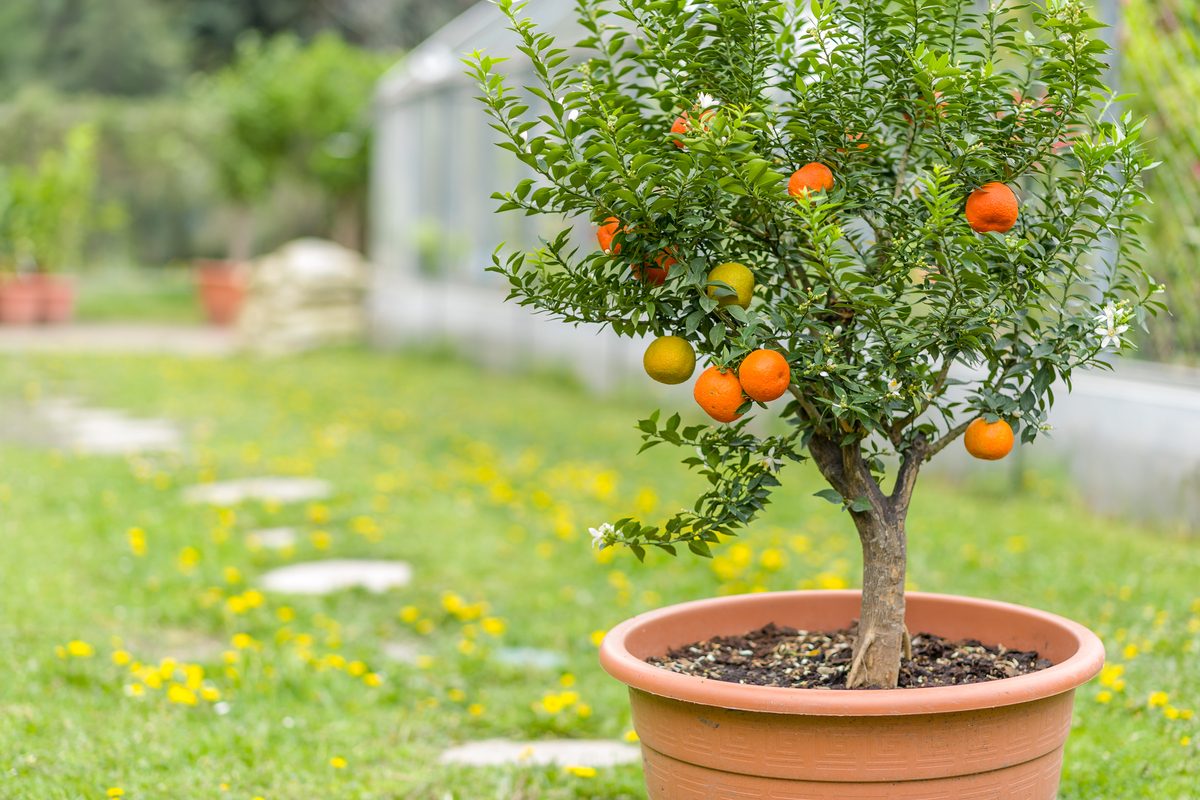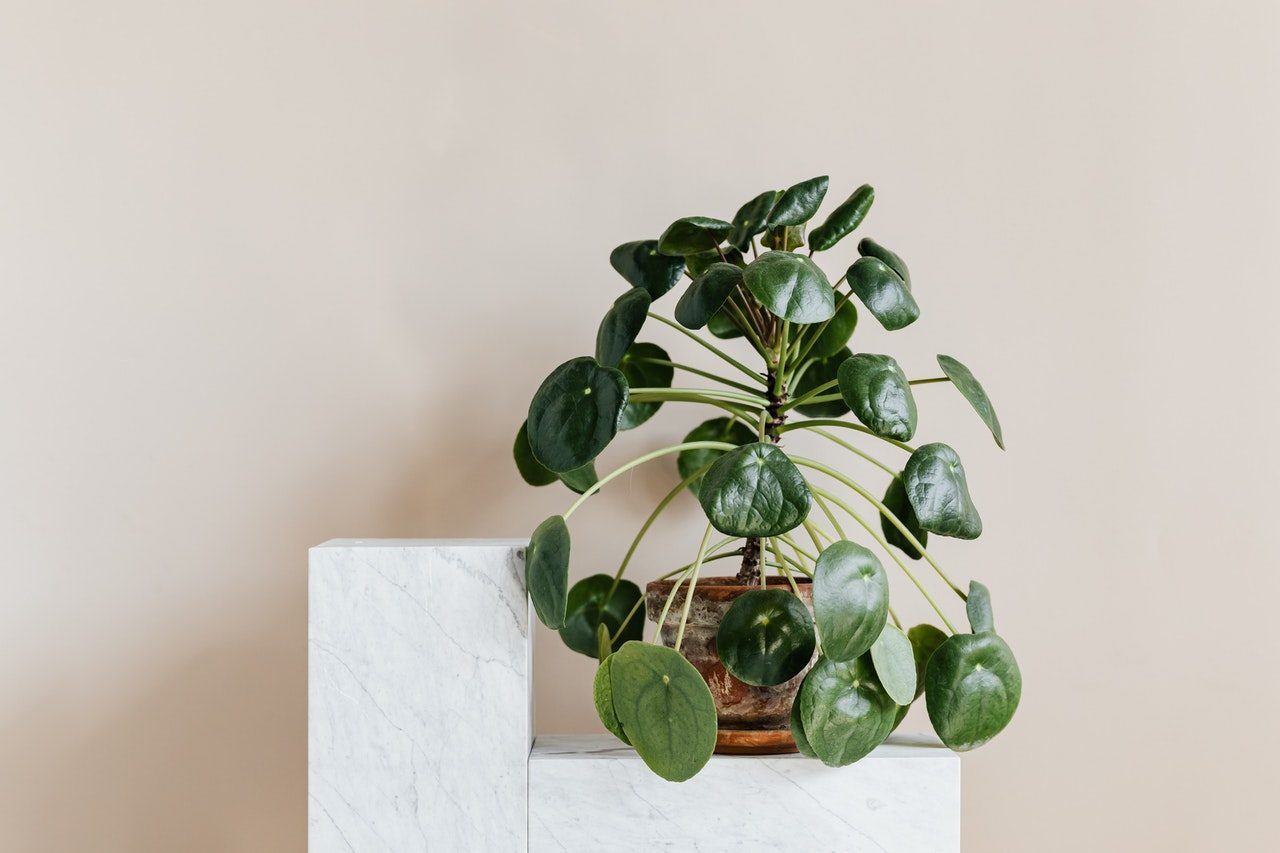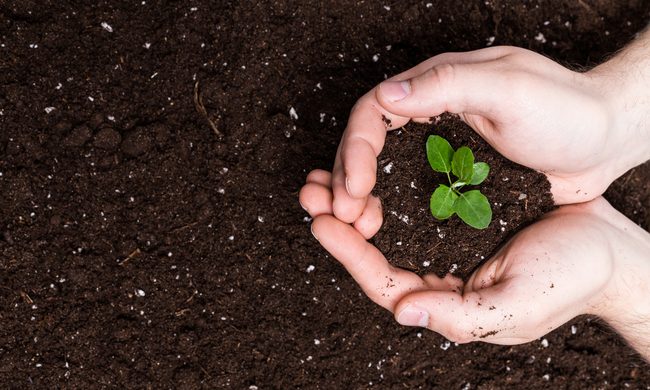There are a lot of versatile plants, but trees aren’t usually counted as among them. Trees have a reputation for getting big, being solid, and staying where you put them. If you decide to grow trees in your patio, for example, then they’ll stay there forever. That doesn’t have to be the case, though. Trees can be just as versatile as any other plant. If the idea of having a tree in a pot interests or intrigues you, here are some of the things you need to know.
What types of trees go well in pots?
You can grow almost any tree in a pot when it is young, as long as you have the right pot size. If you’re looking for something to stay small and in a pot, look for dwarf varieties of trees. There are dwarf varieties of many trees, including fruit trees. Some trees stay small enough that they don’t need dwarf varieties, such as Japanese maples, river birches, and boxwood.
Since pots don’t offer as much insulation for the roots as the ground does, evergreens tend to do better in pots than deciduous trees. However, that doesn’t mean that you can’t have a deciduous tree in a pot. It just needs a little extra help keeping warm through the winter.
How do you take care of a potted tree?
The first thing to consider is how much light your tree needs. This can vary, but if you aren’t sure how much light your tree needs, start them off with a mix of morning sun and afternoon shade. The best part about potted trees is that you can move them, so try a few locations to see what makes your tree the happiest. If your climate is hotter than where your tree would normally live, give it a little less sun. If your climate is colder, give it a little more.
Water is another concern. Regular soil doesn’t always drain properly in pots, so keep an eye on the moisture level of your tree. If the soil gets too soggy, it can damage the roots. You can use a soil-based compost or get potting soil meant specifically for trees, both of which drain better.
The one thing that differs greatly from other plants is root pruning. If your tree starts to outgrow its pot, you have three options. You can repot it in a larger pot, transplant it somewhere outdoors, or prune the roots. Take the tree out of the pot and gently tease the roots apart. Then, trim the roots down, like you might prune the tree’s branches. Afterward, put the tree back into the pot and replace any soil that was lost.
Should potted trees be kept indoors or outside?
Potted trees can be kept either indoors or outside. During warm weather, your trees can stay outside. Evergreens can stay outside for most of the year, but deciduous trees should be brought inside in winter. Remember that tree roots aren’t as insulated in pots, so even evergreens may need to come inside if you live somewhere with severe winters.
Trees can also be kept inside all year, if you don’t have space for them outside. As long as they’re getting plenty of light they should be just fine. If you live somewhere with intense heat, your trees may do better inside during the hottest parts of the year, to avoid drying out the soil and scorching the roots. However, they don’t need to come inside as long as they have shade during the hottest parts of the day.
How big should a pot for a tree be?
The size of your container depends on the type and age of your tree. For saplings, you’ll want a pot that’s roughly a foot in diameter and depth. If you’re getting your tree directly from a nursery, talk to the staff on hand. Trees in nurseries are often grown in containers, so you can use the container it comes in as a reference. If you’re buying your tree online, it may or may not come in a container, and, if it doesn’t, you’ll want to have a container ready for it when it arrives. Every few years, you’ll need to either go up in pot size by a few inches or do some root pruning.
Container size is important, as too little room can cause the tree to become root-bound, and too much room can cause the soil to retain too much moisture. It’s also important to consider the material your pot is made of. Clay pots are sturdy but heavy. This is great if you don’t plan on moving your tree around much, or if you live somewhere with frequent wind.
If you need to move your tree around more often, or if your tree is going to be on a balcony or fire escape, you may want a lighter pot. Plastic pots are light and breathable, but they’re not as sturdy or as insulated. Terracotta pots are midway between the two in terms of weight, but they can break easier.
Trees in pots can add an entirely new dimension to your garden or home. They can brighten up your patio or your living room and aren’t much harder to take care of than any other houseplant. Whether you’re growing ficus or fruit, enjoy your potted trees!




